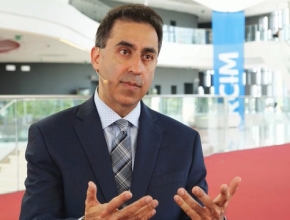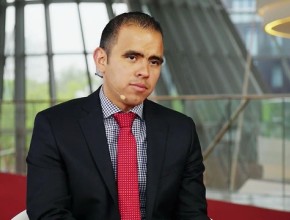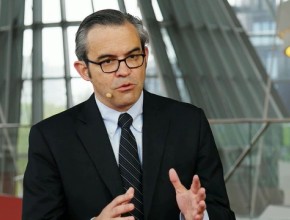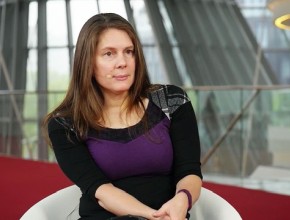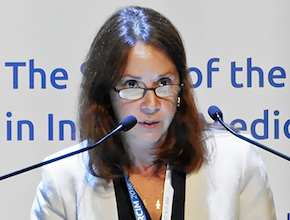Should separate thyroid-stimulating hormone (TSH) reference ranges be determined for different age groups in the general population?
Leonard Wartofsky, MD: There is some rationale for separate TSH ranges in children versus adults and in 2 other conditions: pregnancy and old age, or mature age.
The reference ranges in pregnancy relate to the fact that early in pregnancy there are high human chorionic gonadotropin (hCG) levels. hCG, being a thyroid stimulator, creates endogenous thyroid hormone release that will suppress endogenous TSH. So we frequently see low levels of TSH early in pregnancy, as low as 0.1, 0.2 mIU/L. This necessitates interpretation of that and recognizing that the range is lower.
On the upper end of TSH in pregnancy we are worried about the risk of mild hypothyroidism and therefore the upper limit should not go perhaps higher than 2.5 mIU/L.
In the elderly there appears to be a release of bioinactive TSH, so that we may measure higher TSH levels that are not physiologically significant. An upper range of perhaps 6 or 7 mIU/L would be acceptable in the eighth, ninth decade of life, but that would not be acceptable in younger patients.
 English
English
 Español
Español
 українська
українська

